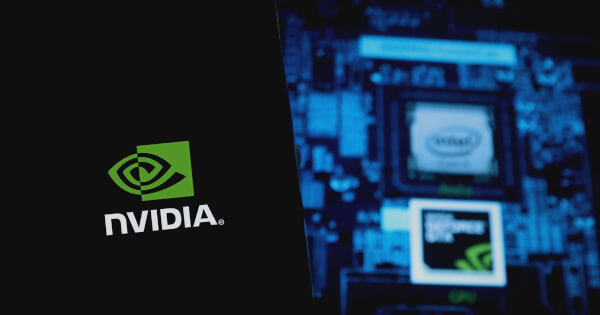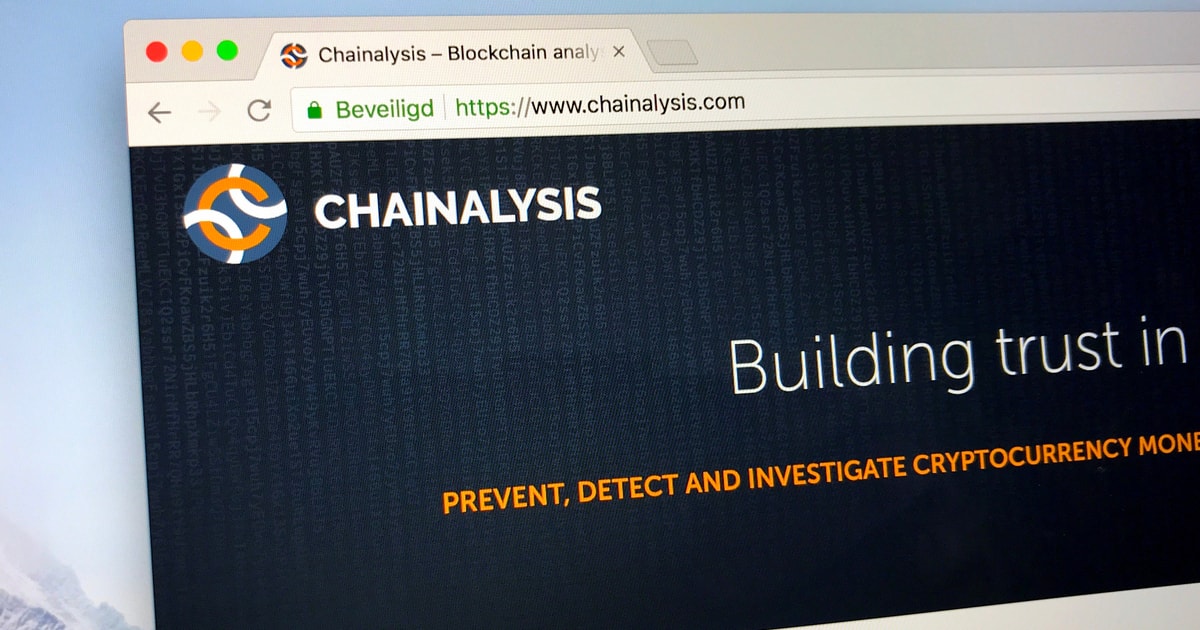Felix Pinkston Feb 13, 2025 18:01
NVIDIA's DeepSeek-R1 model uses inference-time scaling to improve GPU kernel generation, optimizing performance in AI models by efficiently managing computational resources during inference.

In a significant advancement for AI model efficiency, NVIDIA has introduced a new technique called inference-time scaling, facilitated by the DeepSeek-R1 model. This method is set to optimize GPU kernel generation, enhancing performance by judiciously allocating computational resources during inference, according to NVIDIA.
The Role of Inference-Time Scaling
Inference-time scaling, also referred to as AI reasoning or long-thinking, enables AI models to evaluate multiple potential outcomes and select the optimal one. This approach mirrors human problem-solving techniques, allowing for more strategic and systematic solutions to complex issues.
In NVIDIA's latest experiment, engineers utilized the DeepSeek-R1 model alongside increased computational power to automatically generate GPU attention kernels. These kernels were numerically accurate and optimized for various attention types without explicit programming, at times surpassing those created by experienced engineers.
Challenges in Optimizing Attention Kernels
The attention mechanism, pivotal in the development of large language models (LLMs), allows AI to focus selectively on crucial input segments, thus improving predictions and uncovering hidden data patterns. However, the computational demands of attention operations increase quadratically with input sequence length, necessitating optimized GPU kernel implementations to avoid runtime errors and enhance computational efficiency.
Various attention variants, such as causal and relative positional embeddings, further complicate kernel optimization. Multi-modal models, like vision transformers, introduce additional complexity, requiring specialized attention mechanisms to maintain spatial-temporal information.
Innovative Workflow with DeepSeek-R1
NVIDIA's engineers developed a novel workflow using DeepSeek-R1, incorporating a verifier during inference in a closed-loop system. The process begins with a manual prompt, generating initial GPU code, followed by analysis and iterative improvement through verifier feedback.
This method significantly improved the generation of attention kernels, achieving numerical correctness for 100% of Level-1 and 96% of Level-2 problems, as benchmarked by Stanford’s KernelBench.
Future Prospects
The introduction of inference-time scaling with DeepSeek-R1 marks a promising advance in GPU kernel generation. While initial results are encouraging, ongoing research and development are essential to consistently achieve superior results across a broader range of problems.
For developers and researchers interested in exploring this technology further, the DeepSeek-R1 NIM microservice is now available on NVIDIA’s build platform.
Image source: Shutterstock




 English (US) ·
English (US) ·